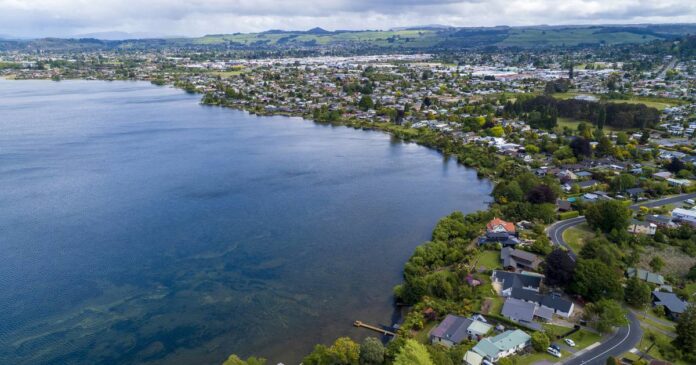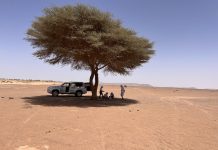Rotorua has been named a top 50 travel destination by Forbes in an article titled Best Places to Travel in 2023.
The article lists destinations that “range from quick weekend getaway options, to trekking out to some of the most remote parts of the earth,” and included the Bay of Plenty city as the only New Zealand destination.
Rotorua is recommended for travellers as “the adventure capital of New Zealand’s North Island, with activities that from Class V whitewater rafting to bungee jumping to a one-of-a-kind pedal-powered ‘Shweeb Racer’.”
Another Forbes list ranked Queenstown as the single best place to visit in 2023, calling it “the adventure capital of the world”.
Rotorua is “also more than that” says Forbes, “learning about Māori culture is especially easy here thanks to a wide range of experiences”.
The global business media company recommends a number of points and rewards programs, as well as hotels that would accommodate visitors from Auckland “in walking distance to the lakefront”.
Rotorua’s tourism hurdles
However, domestic views on Rotorua’s accommodation has painted a less rosy view of its tourism prospects.
Emergency housing on Fenton St, once the city’s Golden Mile, garnered concern as an emblem of the city’s serious housing crisis and a threat to the safety and wellbeing of residents.
Rotorua mayor Tania Tapsell told Local Democracy Reporting in December last year that “if things continued as they were, Rotorua was set to lose $92 million in tourism spend a year”.
Although the use of emergency housing, which occupied as many as 50 motels in the centre of town, is set to dwindle following a decision made by independent commissioners, the housing crisis remains.
Reputation damage, caused by perceptions of Rotorua being unsafe and having a homelessness problem, was identified by economist Benje Patterson in a report commissioned by RotoruaNZ as contributing to its lagging tourism levels.
Although the NZ tourism bounced back at 101% of 2019 levels by October last year, Rotorua had lagged behind at 84%.
The report indicated domestic perceptions of the former Jewel in New Zealand’s tourism crown would have to change – or potential visitors won’t envision the “geysers, mud pots and other geothermal features” Forbes advertises when they think of “the city’s dramatic nature”.










